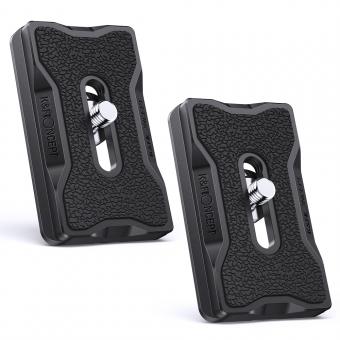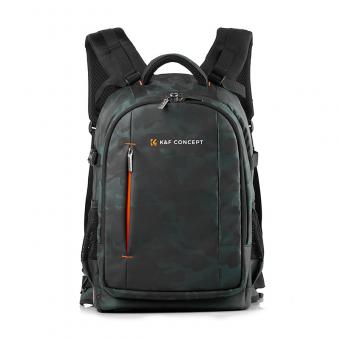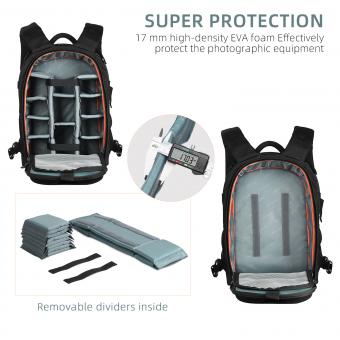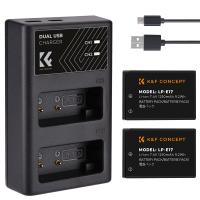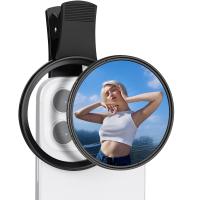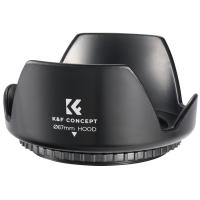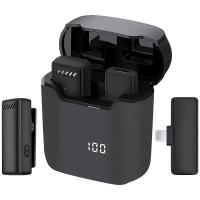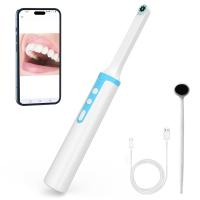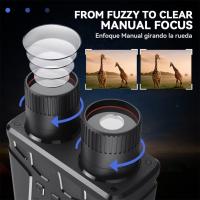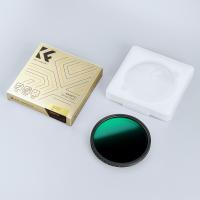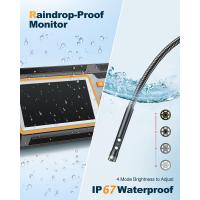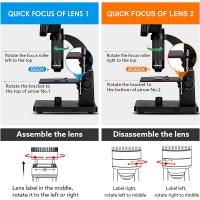How To Travel With Camera Gear?
When traveling with camera gear, it is important to pack your equipment securely to prevent damage. Use a sturdy camera bag or backpack with padded compartments to protect your gear during transport. Keep your camera and lenses in their respective cases or pouches to prevent scratches and damage. It is also recommended to bring a cleaning kit to keep your equipment free of dust and debris.
When flying, carry your camera gear with you as a carry-on item to prevent loss or damage. Be aware of airline regulations regarding the size and weight of carry-on items, and consider purchasing a compact travel tripod to save space. Additionally, consider purchasing travel insurance to protect your equipment in case of loss or damage during your trip.
Finally, be respectful of local customs and laws regarding photography. Always ask for permission before taking photos of people or private property, and be aware of any restrictions on photography in certain areas.
1、 Packing and organizing camera equipment
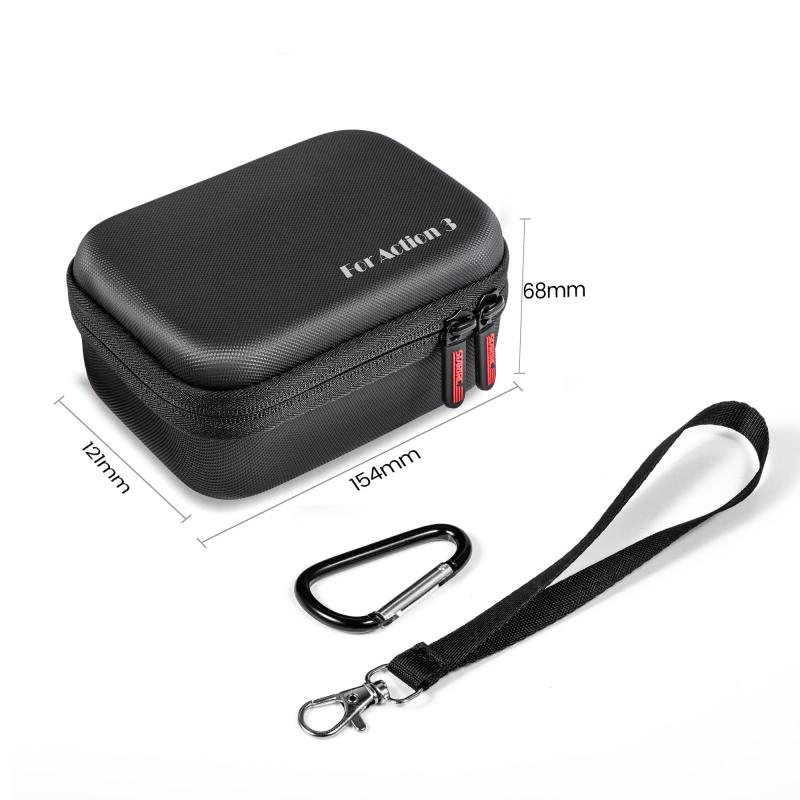
Packing and organizing camera equipment is essential for any photographer who wants to travel with their gear. Here are some tips to help you pack and organize your camera equipment:
1. Choose the right bag: Invest in a good quality camera bag that is comfortable to carry and has enough space to accommodate all your gear. Look for a bag that has compartments and dividers to keep your equipment organized.
2. Prioritize your gear: Decide which equipment is essential for your trip and pack accordingly. Avoid overpacking and carrying unnecessary gear that will only add weight to your bag.
3. Use protective cases: Use protective cases for your lenses and camera bodies to prevent damage during transit. You can also use lens pouches to keep your lenses safe and organized.
4. Pack smart: Pack your heaviest gear at the bottom of your bag to distribute the weight evenly. Use packing cubes or bags to keep your gear organized and easily accessible.
5. Carry-on your gear: If possible, carry your camera gear as a carry-on to avoid the risk of damage or loss during checked baggage. Check with your airline for their carry-on restrictions and guidelines.
6. Be prepared for security checks: Be prepared to remove your camera gear from your bag during security checks. Keep your camera and lenses easily accessible to avoid delays and hold-ups.
In today's world, it is also important to consider the latest point of view on traveling with camera gear. With the ongoing pandemic, it is important to take extra precautions when traveling with camera gear. Make sure to sanitize your equipment before and after your trip, wear a mask and practice social distancing while traveling. Additionally, it is important to check the latest travel restrictions and guidelines before planning your trip.
2、 Choosing the right camera bag or case
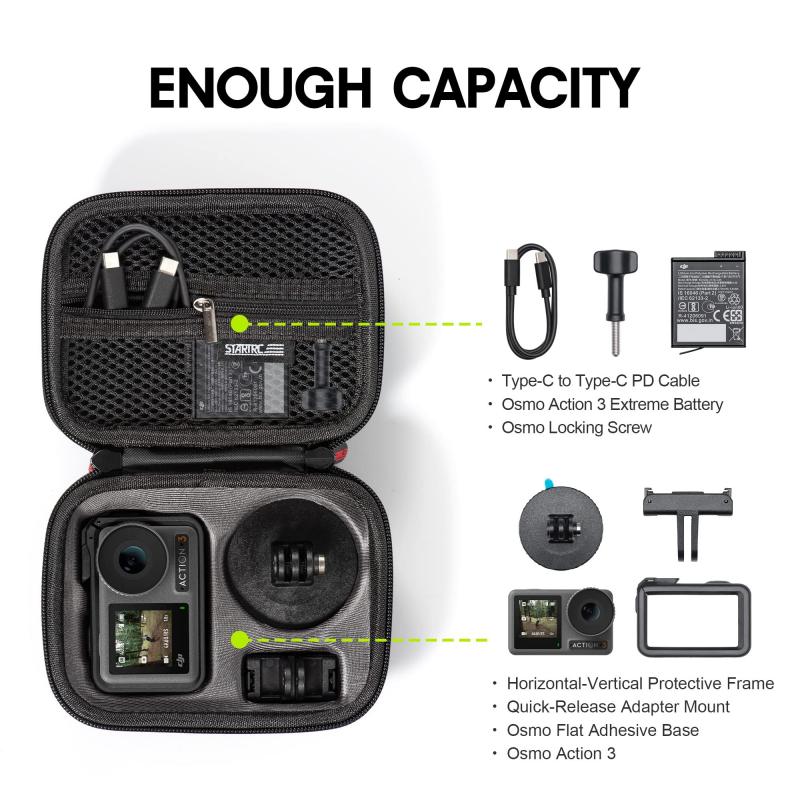
Choosing the right camera bag or case is crucial when it comes to traveling with camera gear. There are several factors to consider when selecting a bag or case, such as the size and weight of your gear, the mode of transportation, and the level of protection required.
One option is to choose a backpack-style camera bag that is designed to distribute the weight evenly across your back. This type of bag is ideal for hiking or walking around a city, as it allows you to carry your gear comfortably while keeping your hands free. Another option is a hard-shell case, which provides maximum protection for your gear during air travel or other rough transportation.
It's also important to consider the size of the bag or case. If you're traveling with a lot of gear, a larger bag may be necessary, but keep in mind that it may be more difficult to carry and may not fit in overhead compartments on planes. A smaller bag may be more convenient for quick trips or when traveling light.
Finally, consider the level of protection required for your gear. Some bags and cases offer more padding and protection than others, so it's important to choose one that will keep your gear safe from bumps and scratches.
In addition to these traditional options, there are also newer options such as camera cubes that can be inserted into a backpack or suitcase, or sling bags that allow for quick access to your gear while on the go. Ultimately, the best camera bag or case for travel will depend on your specific needs and preferences.
3、 Protecting camera gear during transportation
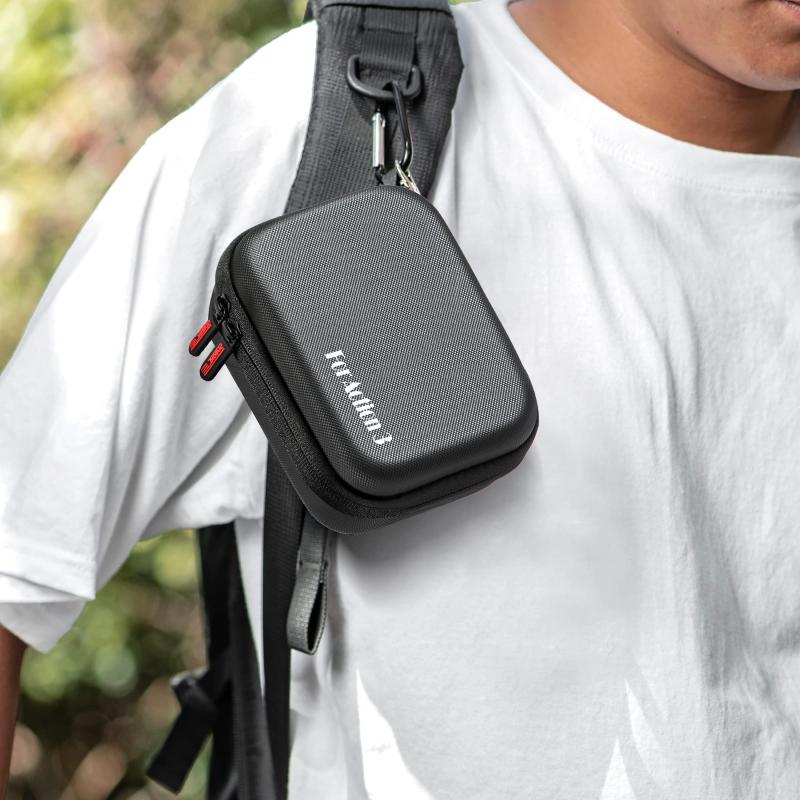
Protecting camera gear during transportation is crucial to ensure that your equipment remains safe and functional. Here are some tips to help you protect your camera gear during transportation:
1. Use a sturdy camera bag: Invest in a high-quality camera bag that is designed to protect your gear. Look for a bag that is well-padded and has compartments to keep your equipment organized.
2. Use protective cases: For extra protection, consider using protective cases for your camera and lenses. These cases are designed to absorb shock and protect your gear from damage.
3. Pack your gear carefully: When packing your camera gear, make sure to wrap each item in a soft cloth or bubble wrap to prevent scratches and damage. Also, avoid packing your gear too tightly, as this can cause damage to your equipment.
4. Use a camera strap: A camera strap can help prevent your camera from accidentally falling or getting knocked around during transportation.
5. Carry your gear with you: If possible, carry your camera gear with you instead of checking it in with your luggage. This will ensure that your equipment is always within reach and under your control.
In addition to these tips, it's also important to stay up-to-date with the latest trends and technologies in camera gear protection. For example, some camera bags now come with built-in anti-theft features, such as RFID-blocking technology and lockable zippers. By staying informed and taking the necessary precautions, you can protect your camera gear and ensure that it remains in top condition for years to come.
4、 Dealing with airport security and customs
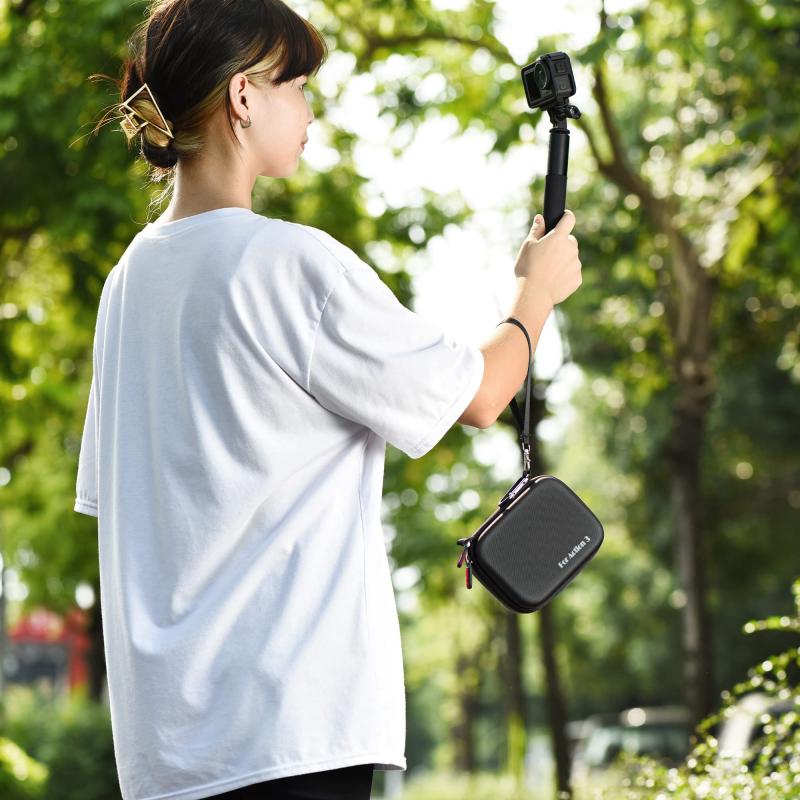
How to travel with camera gear:
Traveling with camera gear can be a bit tricky, but with some preparation and planning, it can be done smoothly. Here are some tips to help you travel with your camera gear:
1. Pack your gear in a sturdy and protective bag: Invest in a good quality camera bag that can protect your gear from any damage during transit. Make sure the bag is sturdy and has enough padding to keep your gear safe.
2. Check airline regulations: Check with your airline about their regulations on carrying camera gear. Some airlines may have restrictions on the size and weight of your bag, so it's best to check beforehand.
3. Pack only what you need: Traveling with camera gear can be heavy, so it's best to pack only what you need. Consider renting gear at your destination if you need additional equipment.
4. Keep your gear with you: Always keep your camera gear with you as carry-on luggage. This way, you can keep an eye on it and ensure that it's safe.
Dealing with airport security and customs:
Airport security and customs can be a bit daunting, but with some preparation, you can make the process smoother. Here are some tips to help you deal with airport security and customs:
1. Be prepared: Make sure you have all the necessary documents, such as your passport and visa, ready before you reach the airport. This will save you time and hassle at the airport.
2. Declare your camera gear: If you're carrying expensive camera gear, it's best to declare it at customs. This will help you avoid any issues with customs officials.
3. Be patient: Airport security and customs can be time-consuming, so it's best to be patient and allow enough time for the process.
4. Follow the rules: Make sure you follow all the rules and regulations set by airport security and customs officials. This will help you avoid any unnecessary delays or issues.
5. Be aware of the latest COVID-19 regulations: Due to the ongoing pandemic, airports have implemented new regulations and procedures. Make sure you are aware of the latest regulations and follow them accordingly.

